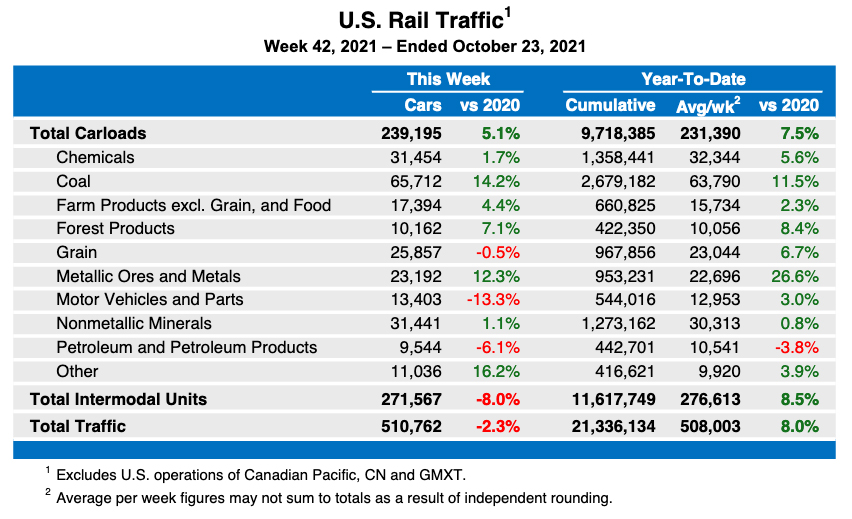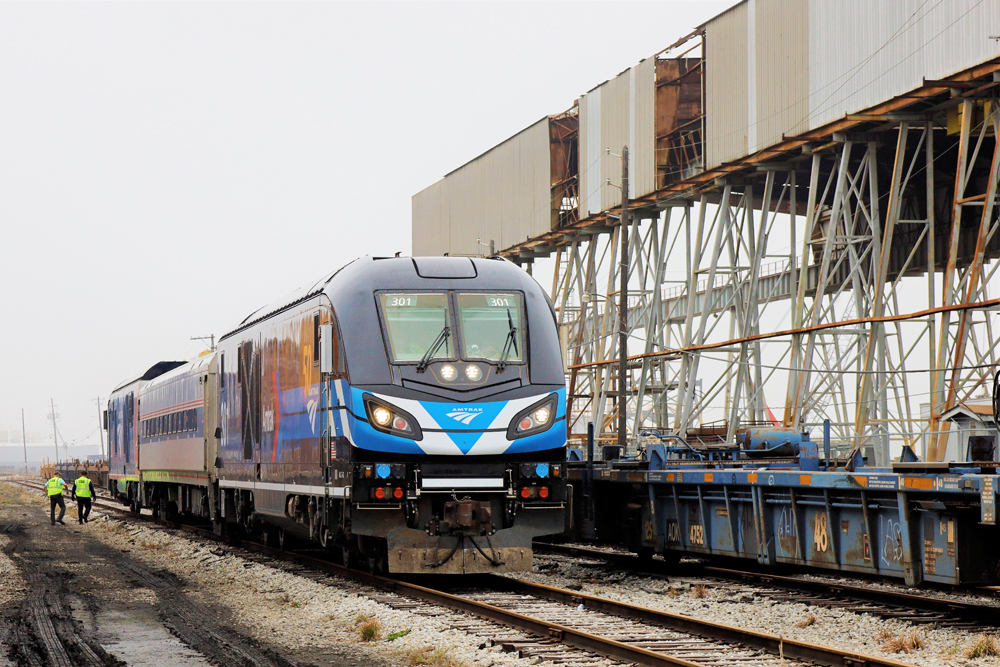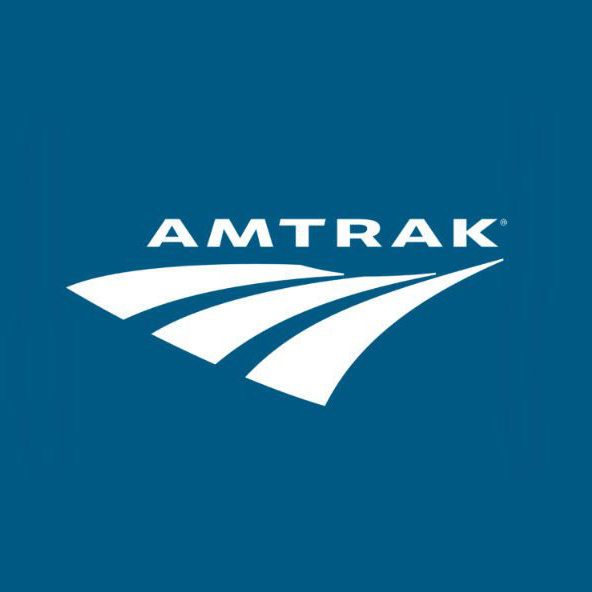
WASHINGTON — Continuing a pattern that now extends over 10 weeks, U.S. rail traffic for the week ending Oct. 23 showed an overall decrease from the same week a year earlier, with intermodal traffic down and carload moves up.
The latest figures from the Association of American Railroads have overall traffic at 510,762 carloads and intermodal units, a 2.3% decrease over the corresponding week in 2020. Intermodal traffic, at 271,567 units, was down 8%, while the 239,195 total carloads represent a 5.1% increase.
The overall traffic does represent a 2.7% increase over the previous week in 2021. Traffic for the week ending Oct. 16 was 496,983 carloads and intermodal units.
Year-to-date traffic remains ahead of last year, with intermodal up 8.5%, carloads up 7.5%, and overall traffic up 8%. The average weekly traffic is 508,003 carloads and intermodal units.
North American totals for the week, for 12 reporting U.S., Canadian, and Mexican railroads, included 337,884 carloads, a 2.4% increase; 358,101 intermodal units, down 8.3%, and 695,985 carloads and intermodal units, down 3.4%. Overall year-to-date traffic, through 42 weeks of 2021, is up 6.9%.














Why on earth is there a downturn in IM at a time of unprecedented demand? That is a clarion declaration that either equipment or method or both are not matched to demand. Something has to change in the carrier business model.